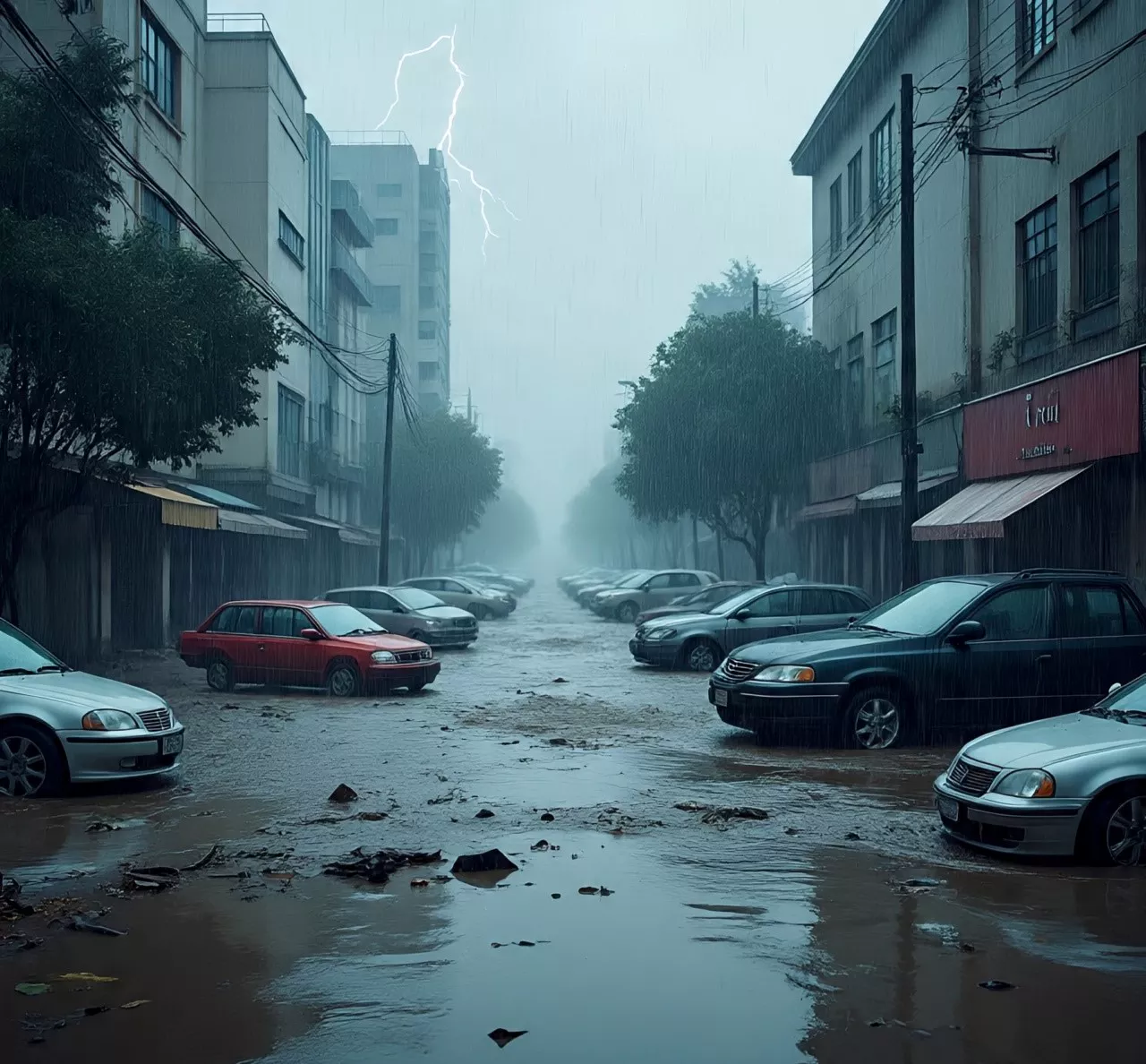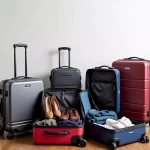How-to-survive in Flood in Cities- Comprehensive Guide
Urban flood survival are among the most common and destructive natural disasters, especially in urban areas where infrastructure can quickly become overwhelmed. Whether you live in a flood-prone city or want to be prepared just in case, knowing how to survive a flood is crucial. This guide provides essential tips, strategies, and checklists to ensure your safety during and after a flood in city areas.
Understanding Flood Risks in Urban Areas
Flooding can occur due to various reasons such as heavy rainfall, river overflow, or drainage system failure. Urban areas are particularly vulnerable due to the high concentration of impermeable surfaces like roads and buildings, which prevent water absorption. Recognizing the specific risks in your city is the first step towards effective preparation.
Creating an Emergency Plan
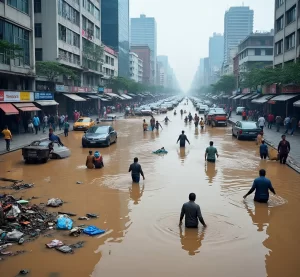
- Identifying Safe Locations
Map out safe locations in advance, such as higher ground or designated shelters. Ensure all family members know the route to these locations and establish a meeting point in case you get separated.
- Communication Plan
Establish a communication plan with family and friends. Use social media, text messages, and phone calls to keep in touch and inform others of your status and location.
- Emergency Contacts
Keep a list of emergency contacts, including local authorities, emergency services, and nearby friends or relatives.
Preparing an Emergency Kit
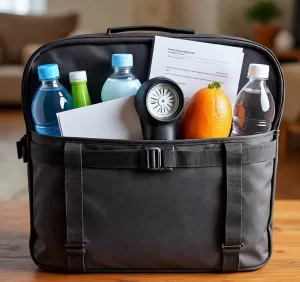
- Essential Supplies
An emergency kit should include:
- Water: At least one gallon per person per day for at least three days
- Non-perishable food: A three-day supply
- First aid kit: Bandages, antiseptics, prescription medications
- Flashlights and batteries
- Portable charger for mobile phones
- Multi-purpose tool
- Blankets and warm clothing
• Personal Documents
Store important documents in a waterproof container, including identification, medical records, insurance policies, and bank account information.
Staying Informed
- Monitoring Weather Updates
Stay tuned to local weather reports and alerts via TV, radio, or weather apps. Subscribe to emergency alert services for real-time notifications.
- Understanding Flood Warnings
Familiarize yourself with different flood warnings:
- Flood Watch: Conditions are favorable for flooding
- Flood Warning: Flooding is imminent or occurring
- Flash Flood Warning: Rapid flooding is imminent or occurring, requiring immediate action
During the Flood
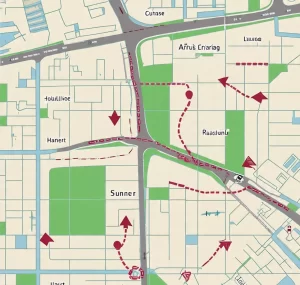
- Evacuation Procedures
If evacuation orders are issued, follow them promptly. Use designated evacuation routes and avoid shortcuts that may be flooded.
- Staying Indoors
If evacuation is not possible, stay indoors on the highest floor. Avoid basements and lower levels where floodwaters can quickly rise.
- Avoiding Floodwaters
Never attempt to walk, swim, or drive through floodwaters. Just six inches of moving water can knock you down, and one foot can sweep away your vehicle.
After the Flood
- Returning Home Safely
Only return home when authorities declare it safe. Be cautious of structural damage, gas leaks, and electrical hazards.
- Cleaning and Sanitizing
Wear protective clothing and use disinfectants to clean and sanitize your home. Dispose of any contaminated items and be mindful of mold growth.
- Seeking Assistance
Contact local relief organizations and government agencies for assistance with food, shelter, and recovery resources.
Flood Insurance and Financial Recovery
- Understanding Flood Insurance
Standard homeowner’s insurance does not cover flood damage. Invest in flood insurance if you live in a high-risk area. Review your policy regularly and ensure it provides adequate coverage.
- Filing Claims
Document all damage with photos and videos before starting cleanup. Contact your insurance company to file a claim and keep detailed records of all communication and expenses.
Psychological Impact and Community Support
- Coping with Trauma
Floods can be traumatic. Seek support from mental health professionals and support groups to cope with the emotional aftermath.
- Community Involvement
Get involved in community recovery efforts. Volunteering can provide a sense of purpose and help you connect with others facing similar challenges.
Flood Preparedness for Pets
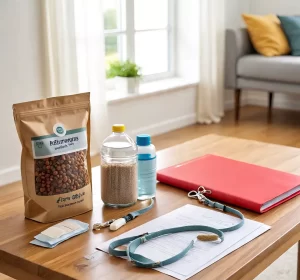
- Pet Emergency Kit
Include pet supplies in your emergency kit:
- Food and water: A three-day supply
- Leash and carrier
- Medical records and medications
- Comfort items: Blankets, toys
• Safe Evacuation for Pets
Plan for your pets’ evacuation as well. Identify pet-friendly shelters and ensure your pets are microchipped and have identification tags.
Maintaining Preparedness
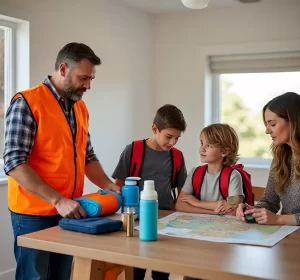
- Regular Drills and Updates
Conduct regular emergency drills with your family. Update your emergency plan and kit annually or after significant life changes.
- Community Preparedness Programs
Participate in community preparedness programs and advocate for better flood management infrastructure in your city.
Stay Prepared, Stay Safe! Floods can happen unexpectedly, but being prepared can make all the difference. Start planning today by creating your emergency kit, understanding your city’s flood risks, and educating your family on safety procedures. Share this guide with friends and family to help them stay safe too!
For more detailed advice on Flood , visit >> >> >> Ready.gov Floods
For more detailed about insurance , visit >> >> >> National Flood Insurance Program (NFIP)
National Disaster management authority >> >> >> NDMA

